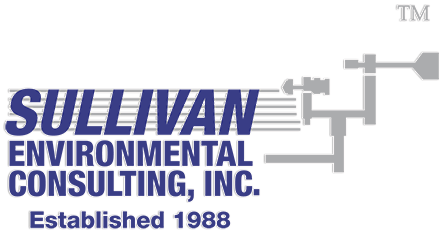There is one conclusion that we all can agree on, i.e., there is no commodity more critical to the human race than food production. The U.S. agricultural output produces surpluses of high-quality food production. While organic produce is increasing, the ability to feed the U.S. population and export to the world is dependent on the prudent use of pesticides that increase the yields and quality of food production. Prudent use requires sound and effective environmental management of the risks associated with the use of pesticides. Exposures can be associated with the application of pesticides and subsequent drift as well as via direct contact of the food that is purchased. This blog focused on airborne exposures, which can be to applicators, farm workers, and the general public as bystanders. When there are conflicting views on the adequacy of environmental management, particularly involving the air quality component, litigation becomes the manner of resolution. The question addressed in this blog is: what are the limitations of standard air quality modeling methods when applied to agricultural meteorology?
Evaluating airborne exposures to pesticides involves two key factors: (1) emission rates to the atmosphere as a function of time, and (2) atmospheric dispersion and transport. Emission rates are typically determined based on field study research where air quality and meteorological monitoring systems are used in conjunction with air quality models to compute emission rates of active ingredients (and inert constituents if needed) as a function of time, and (2) air quality models, such as the EPA-approved AERMOD model, are then used to account for the transport and dispersion of these emissions as a function of location.
The methodology to compile emission rates to the atmosphere is well established and based on two primary methods, i.e., the integrated horizontal flux method, and the back calculation (regression) method. In the comparative field research conducted by Sullivan Environmental, these two methods tend to produce generally comparable results. The use of air quality models for the application in air quality models, however, requires some context.
Air quality models such as AERMOD were developed primarily for modeling industrial sources such as power plants, and similar sources. They were not optimized for modeling agricultural applications, especially those associated with fumigation activities and other pesticide applications where there are irrigated, compacted, and bedded agricultural fields. The nocturnal dispersion rates are understated in many applications by standard models and often are associated with worst-case conditions. This model limitation can result in increased conservatism (overstating) when evaluating sources such as agricultural fumigants. Whether involved with regulatory or litigation-related matters, there are practical steps that can be taken to reduce the inherent conservatism of air quality models when applied in agricultural settings.
The fundamental development of dilution treatment in air quality models dates back to the massive research study Project Prairie Grass conducted in Nebraska during the summer of 1956. This legacy study was conducted during dry summertime conditions on unirrigated hay fields where the soil was near the wilting point. In the words of the authors (Borad, 1958): “ Most likely all of these values, except those above a 20-cm depth on 6 August, and those of the compacted layer and the sand below, represent.
the wilting point of the individual samples, or are very slightly higher.” These soil conditions are markedly different in terms of heat capacity and heat conductivity than soils associated with pesticide applications such as agricultural fumigants. Using meteorological data they have collected at 25 field studies, Sullivan Environmental (Sullivan, D.A., Sullivan R.D., and Hlinka, D,J, Methyl Bromide Alternatives Outreach Conference, 2016) has demonstrated that unlike the assumptions in AERMOD and other models, moderate atmospheric dilution conditions typically occur on fumigated fields during nocturnal conditions with light winds and clear skies, i.e., not worst-case inversion conditions as would be assumed based on dispersion rates from Project Prairie Grass. Sullivan Environmental has demonstrated that standard air quality models, such as AERMOD, can be used without model modification to more realistically estimate air quality concentrations based on realistic consideration of actual field conditions.
In conclusion, context can be very important when applying air quality models. In terms of forensic agricultural meteorology and in regulatory matters, applying standard air quality models based on wilting point soil conditions can substantially overstate near-field (applicators, farm workers, and bystanders) during nocturnal conditions because of the marked differences between irrigated soil (in some cases also involving compaction and tarping) compared to the wilting point soils from Project Prairie Grass that serve as the basis in models such as AERMOD to compute the rates of atmospheric dispersion. The staff of Sullivan Environmental are recognized experts in air quality analysis for pesticide exposures, including applying this expertise in litigation.
